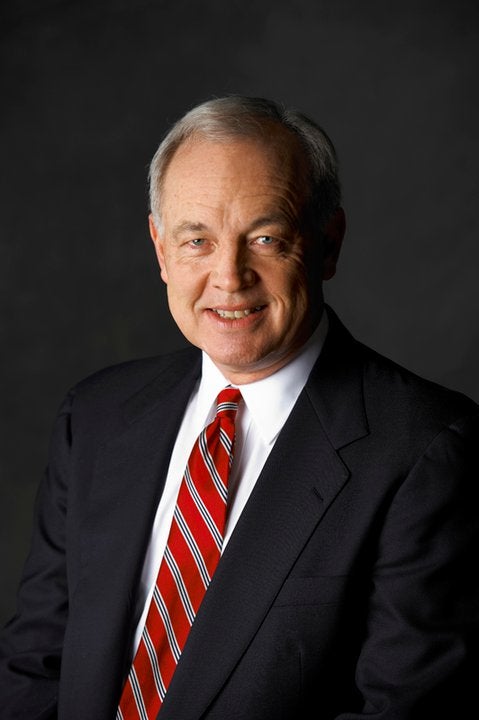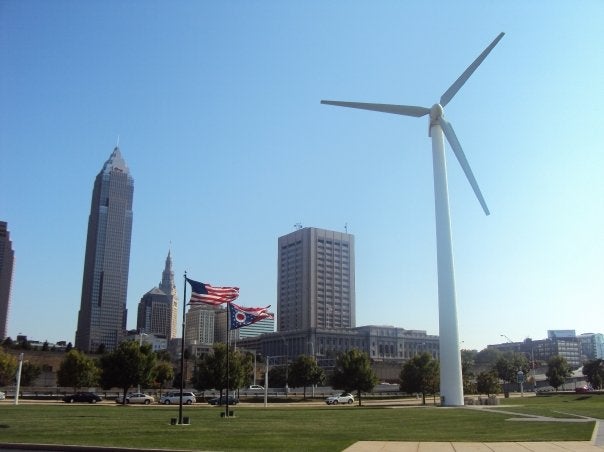 In December, the six major Independent Systems Operators (ISO’s) across the country filed their plans for creating new market rules and opportunities for energy storage. While the rules will take at least a year to go into effect and the plans are just an initial step, a recent study suggests that this effort may add up to 50,000 megawatts (MW) of storage nationwide in the next decade.
In December, the six major Independent Systems Operators (ISO’s) across the country filed their plans for creating new market rules and opportunities for energy storage. While the rules will take at least a year to go into effect and the plans are just an initial step, a recent study suggests that this effort may add up to 50,000 megawatts (MW) of storage nationwide in the next decade.
At the same time, many states – like California, Massachusetts, New Jersey and New York – are recognizing the potential value of energy storage and are starting to integrate it as a key component of their plans to meet climate and renewable energy goals.
Combined with falling capital costs, these trends suggest a lot of new energy storage in the pipeline. This presents both opportunities and challenges for states looking to reduce their greenhouse gas emissions.















